![]() 1st Battalion 22nd Infantry
1st Battalion 22nd Infantry ![]()
1-22 Infantry Bradley Fighting Vehicle at National Infantry Museum
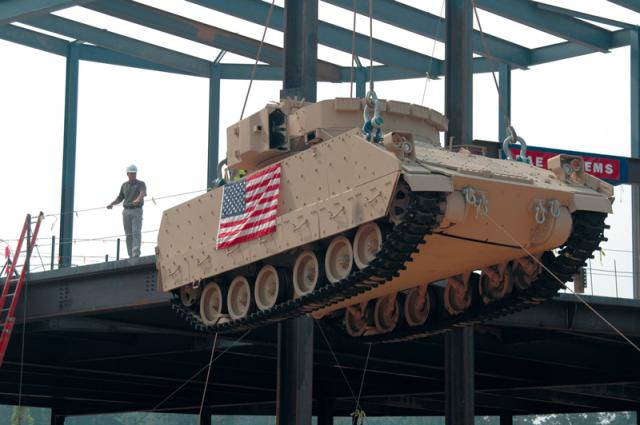
The M-2 A2 Bradley, or "Bravo
1-4" to the 1st Bn., 22nd Inf. Regt., 4th Inf. Div., during
its deployment to Iraq in 2003,
was damaged when it hit an anti-tank mine. It was refurbished and
brought to the National Infantry Museum in June 2007.
It is a part of "The Last 100 Yards" exhibit.
Photo Courtesy of U.S. Army
Photo credit Kristin Molinaro, The Bayonet
Bradley's combat history part of
museum
Jul 17, 2009
By Kristin Molinaro, The Bayonet
The refurbished remains of a Bradley Fighting Vehicle are all
that remains of SGT James E. Powell's sacrifice one October
morning in 2003.
A new coat of paint and a large metal plate disguise the damage
from an anti-tank mine that blasted through the underbelly of the
Bradley,
sending its engine soaring into the air, killing the driver and
wounding Soldiers inside.
Six years later, a journey that began with a combat patrol along
the outskirts of Bayjii, Iraq, ended at the National Infantry
Museum
as the Bradley that carried Powell and other 1st Battalion
Soldiers into combat operations found a permanent home
inside the museum's signature exhibit, "The Last 100
Yards."
"I hadn't seen this Bradley since November 2003," said
LTC(R) Steve Russell, the former commander of the 1st Battalion,
22nd Infantry Regiment,
4th Infantry Division, who now serves as a senator in Oklahoma
and chairman of Vets for Victory. "It's pretty moving to
know
one of our Bradleys used in battle overseas is here."
In Russell's soon-to-be-published book about the hunt and capture
of Saddam Hussein, a chapter titled, As Long As We Have Breath,
details the final days of the Bradley, known as "Bravo
1-4," and the Soldiers of B Company.
"Rifle companies were patrolling in Bradley's and conducting
bomb sweeps along the main routes.
Foot patrols had been reduced to almost nothing," he wrote.
B Company, attached to the division's 3rd Battalion, 66th Armor
Regiment, patrolled an area north of Tikrit, Iraq,
along the outskirts of Bayjii known to Soldiers as "The
Projects," Russell said.
In the book, Russell recalled that the Soldiers weren't welcome
in the neighborhood.
On Oct. 3, 2003, a squad of Soldiers in two Bradleys rumbled
toward the town early in the morning and noticed an absence of
people, he said.
As the convoy moved closer to town, an anti-tank mine blasted
through the Bradley, leaving a spray of engine parts and road
wheels along the ground,
Russell said. "Bravo 1-4 lay like a snake, gutted and
broken," he said.
As Soldiers evacuated the disabled vehicle and established a
perimeter, they discovered the blast killed Powell,
wounded other Soldiers and left a 4-foot gaping hole in the
Bradley's bottom, Russell said.
Powell, from Mark Center, Ohio, was days away from completing his
enlistment and returning home to his family.
But instead of being greeted with "Welcome Home"
banners and hugs from his wife and 2-year-old daughter,
he returned with an Honor Guard escort and a flag flown
half-staff in his honor.
An M-88 recovery vehicle picked up the Bradley
to tow back to camp, Russell said.
The Bradley caught fire but the crew continued to tow it to the
battalion's combat outpost,
even as ammunition within the Bradley began to "cook
off," he said.
"Since (the Bradley) was armored, it caused no harm to those
outside of it but the vehicle (was) a total mess," he said.
SGT James E. Powell |
On Oct. 15, the Soldiers gathered
around the burned-out Bradley |
SPC Donald Wheeler |
In early November, the burned-out shell of the
Bradley was shipped back to the states, Russell said.
Russell, certified as an Army historian, attempted to secure a
vehicle as an artifact, but said his request was denied.
After the unit redeployed to Fort Hood, Texas, Russell found out
a vehicle request was approved. Russell assembled a team
to pick it up from Red River Army Depot in Texarkana, Texas, and
transported it to Fort Hood.
It was an emotional moment, Russell said.
"We had requested a Bradley to preserve the memory of our
Soldiers, but I hadn't expected to ever see one we actually
fought in again," he said.
Thanks to many agencies, the Bradley found a home at the National
Infantry Museum, Russell said.
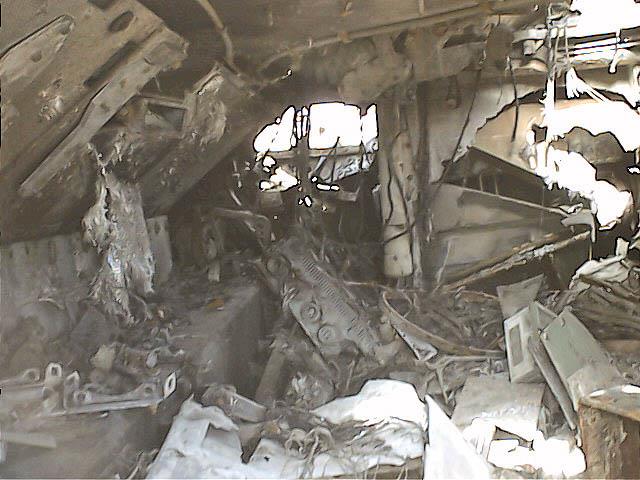
The interior of Bravo 1-4 as seen a few
days after the blast which killed SPC James Powell
and wounded SPC Leonard Johnson.
Photo from the Fort Hood Sentinel July 23, 2009
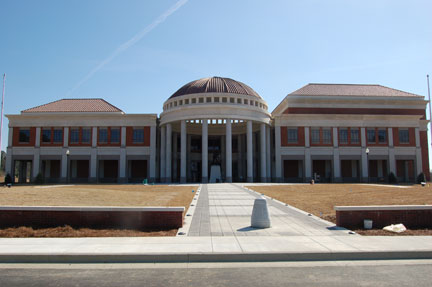
National Infantry Museum
Photo by Bob Babcock
Russell got his first look at Bravo 1-4's
improved appearance after the museum opened last month.
"I'm grateful the museum kept the company's bumper numbers
on the Bradley and put combat loads on it the way it was used in
battle,"
he said when he visited the museum to coordinate a future
memorial to the 22nd Inf. Regt.
"I was very concerned that they keep a semblance of history
with it."
Russell said the Bradley gives him and other members of the
regiment a connection to the Soldiers who served and died with
them,
such as Powell and Wheeler.
"We mourn their loss; we honor their sacrifice. As long as
'Regulars' draw breath, we shall not forget them,"
Russell said at a memorial service in 2003 for Powell and
Wheeler.
Editor's note: All information and copyrighted excerpts were
reprinted with the permission of LTC(R) Steve Russell.
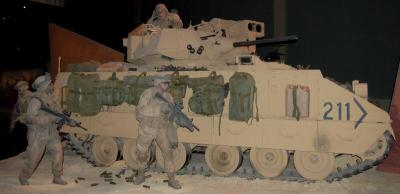
Bravo 1-4 on display at the National Infantry Museum
Photo by Bob Babcock
The following was posted by DocBach [Team Member] on the AR15.com website
8/1/2010 7:02:44 AM EST
I had the chance to visit the National Infantry
museum when I came home from Iraq after seeing all the
commercials for it on AFN -
turns out, the Bradley fighting vehicle at the end of The Last
100 Yards was the one my cousin drove when he first got to Iraq
with B Co 1-22 INF in 2003 - the original driver, SPC James
Powell, was set to go home so they were keeping him off mission
but because of manpower shortages the platoon needed him to drive
one last mission. As his replacement, my cousin was assigned
to drive B-14, but SPC Powell booted my cousin from his old track
and drove B14 one last time - my cousin ended up driving
the Bradley next in the order of march him.... SPC James Powell
drove over an anti-tank mine that night and was KIA
They ended up rebuilding B-14, and now it serves as the
representation of the US Army Infantryman in Iraq
at the National Infantry Museum.
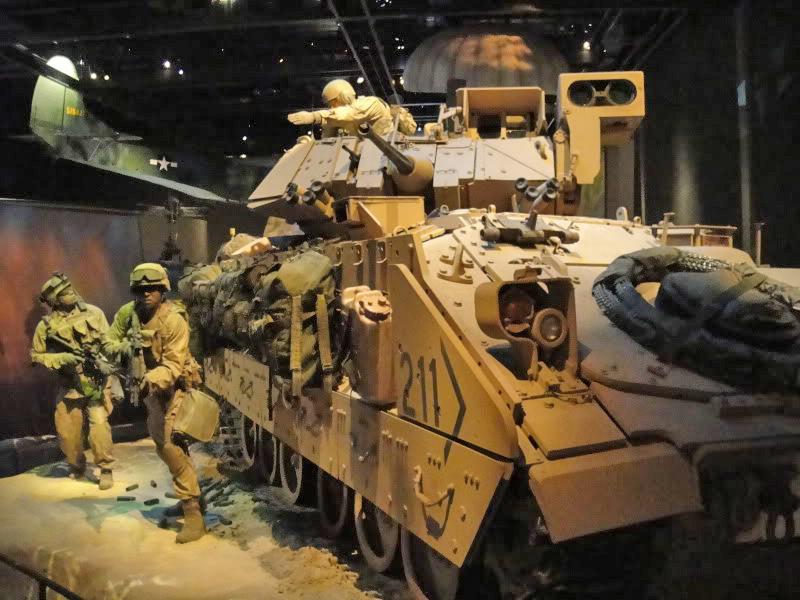
Bravo 1-4 on display at the National Infantry Museum
Photo from the AR15.com website
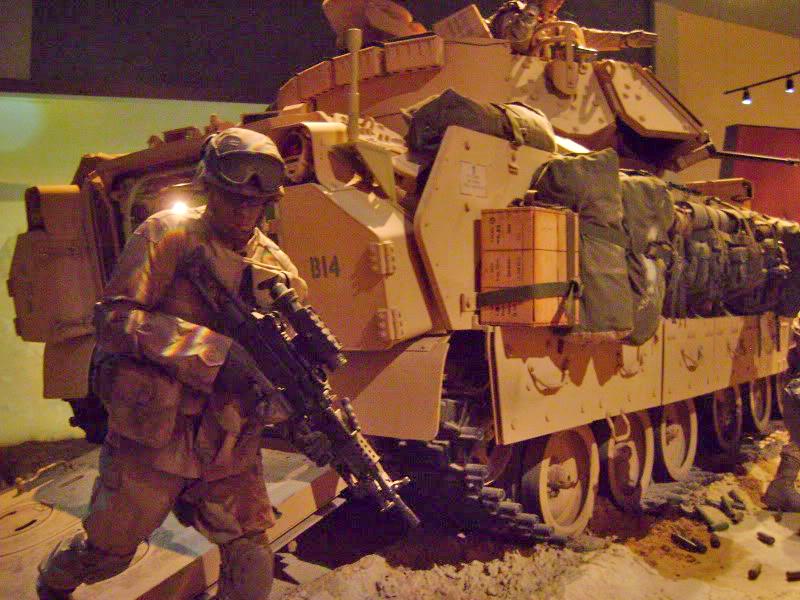
Bravo 1-4 on display at the National Infantry Museum
Photo from the AR15.com website
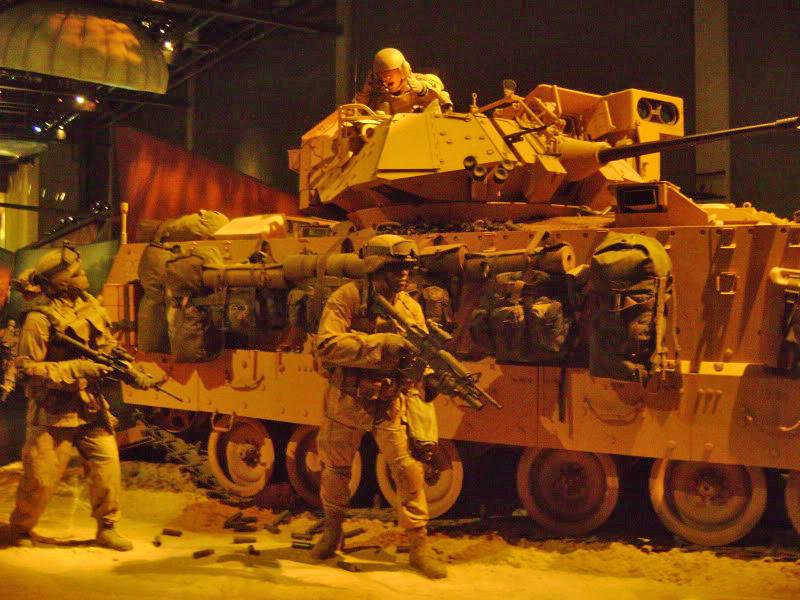
Bravo 1-4 on display at the National Infantry Museum
Photo from the AR15.com website
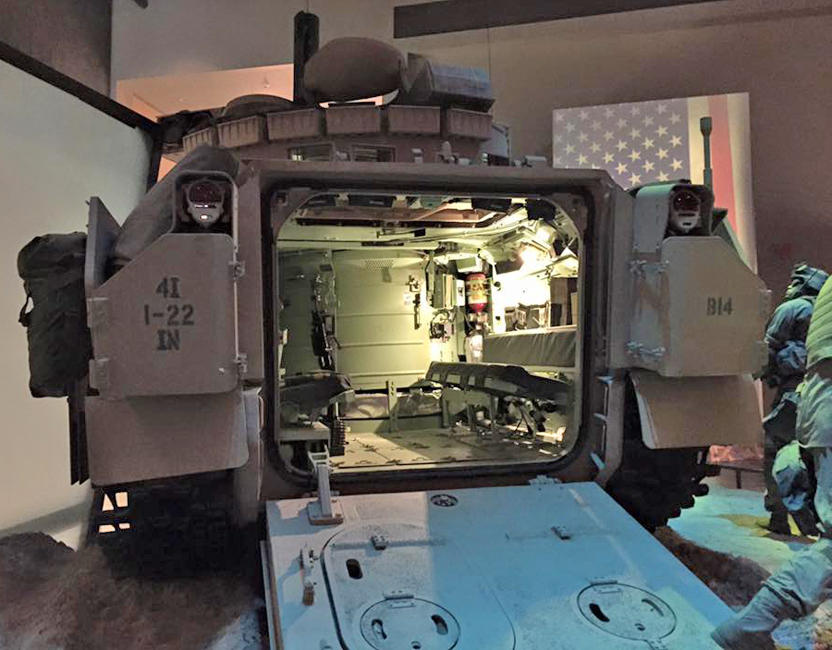
The interior of Bravo One Four as it sits on display.
Photo by John Tomawski
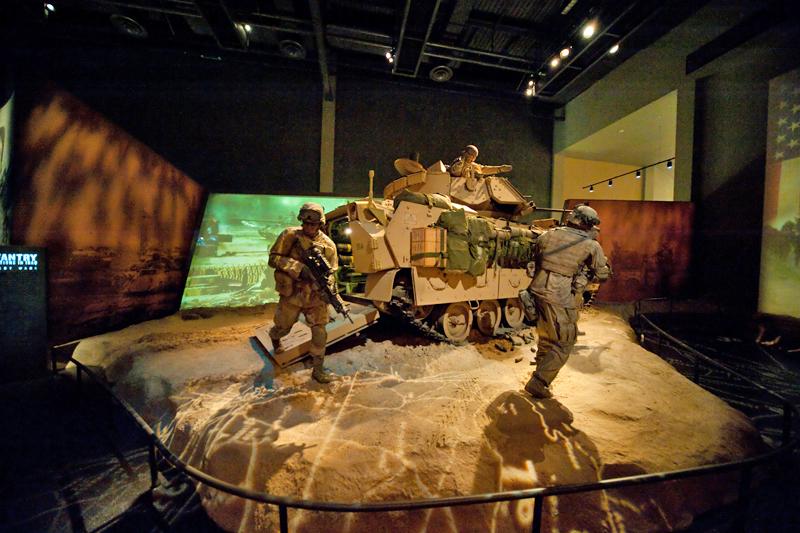
Bravo 1-4 on display at the National Infantry Museum
Photo from the GUNSAMERICA website
**********************
Home | Photos | Battles & History | Current |
Rosters & Reports | Medal of Honor | Killed
in Action |
Personnel Locator | Commanders | Station
List | Campaigns |
Honors | Insignia & Memorabilia | 4-42
Artillery | Taps |
What's New | Editorial | Links |